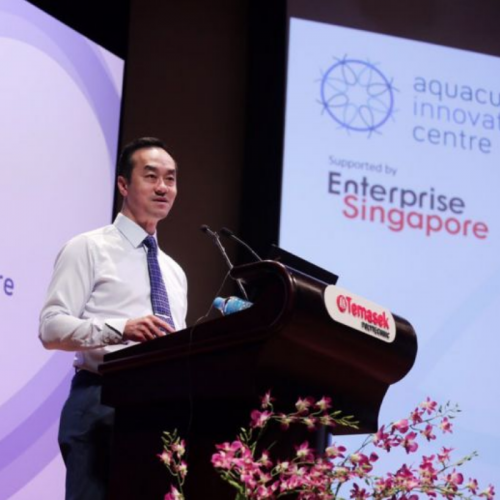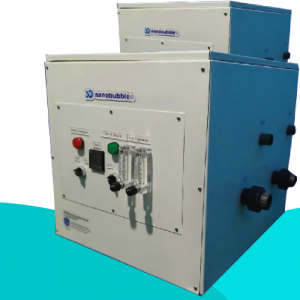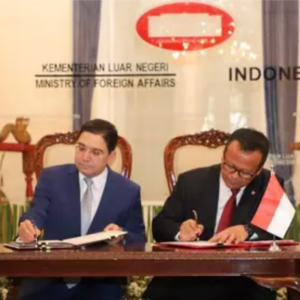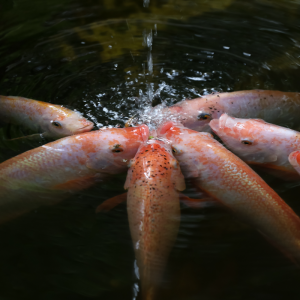
New Aquaculture Innovation Centre seeks to work with other players on joint research
| Mon, 01 Jul 2019 - 23:12
SINGAPORE - Food and beverage outlets providing food waste that can be used for fish feed is an example of partnership that the new Aquaculture Innovation Centre (AIC) is looking for. It is seeking urban fish farms, tertiary institutes, government agencies and other industries that can come together to help increase Singapore's seafood production.
The country's 10th centre of innovation is the first to be run as a consortium so that various players from academia and industries can research jointly to strengthen the aquaculture sector.
The AIC, headquartered in Temasek Polytechnic and supported by Enterprise Singapore, signed a Memorandum of Understanding (MOU) on Wednesday (June 26) to collaborate with eight partners including other polytechnics, the National University of Singapore, the Agency for Science, Technology and Research, and the Singapore Food Agency.
Senior Minister of State for Trade and Industry Koh Poh Koon, who launched the AIC at Temasek Polytechnic on Wednesday, said: "Our strong innovation ecosystem, robust intellectual property and standards framework, as well as our pro-business environment, puts Singapore in an excellent position to become a leading player in the urban agriculture and aquaculture industry."
The centre will drive research and development, innovation partnerships and training in nutrition, disease management and the breeding of superfish.
AIC centre director Lee Chee Wee's vision is for the centre to attract industries from other sectors apart from aquaculture to play a part in deepening capabilities in high-tech marine farming.
"The aquaculture industry is big and it is more than just rearing fish," Dr Lee, who is also technology adviser for Temasek Polytechnic, told The Straits Times. "Sectors from engineering to information technology to pharmaceuticals can work together with us.
"It is rare where existing industry players can also be involved in aquaculture, but the AIC can support this with its consortium model."
For instance, robotics and artificial intelligence companies can invent sensors or other solutions to calculate the amount of food that fish and shrimp need, and to identify fish with abnormal behaviour or signs of illness deep in the tank.
A peek into the Aquaculture Research Facility in the Centre for Aquaculture & Veterinary Science
Dr Lee added that the AIC's main focus during its first three years will be on optimising nutrition for food fish. High-quality fish and other seafood reared in a high-tech, intensive farm need high-quality nutrition.
"In urban fish farming, the environment is stressful for fishes because of high population density of fishes in a tank and space constraint that prevents them from swimming more freely. Singapore is scarce in land and water," he said.
"In such an environment, the fishes' feed and nutrition requirements are different. Feed used in traditional fish farms will not work."
The AIC and its neighbour, the Centre for Aquaculture and Veterinary Science, are trying to create optimal food pellets for its fish, shrimp and crabs, among other marine animals. The centre also has a feed-making facility.
By putting on trial different batches of in-house food pellets, researchers will observe the marine animals' growth and digestion patterns to create the most nutritionally optimal feed for them.
"Once we've settled nutrition, we can look into fighting diseases and selecting genetic traits to rear fast-growing fishes. This is because some diseases will not affect fishes if they are well-fed and healthy to begin with. We can't put the cart before the horse," Dr Lee said.
Dr Diana Chan, head of the Centre for Aquaculture and Veterinary Science, added: "Our milkfish now takes about 15 to 18 months to grow to just 500g. Hence, we need to formulate our feed to optimise harvests."
Due to over-harvesting and bad weather conditions brought by global warming, the mud crab populations in the Philippines, Indonesia, Sri Lanka and Malaysia have dwindled by 30 per cent.
Singapore is on a mission to locally grow 30 per cent of its food needs by 2030. Only 9 per cent of the country's fish consumption is now produced locally, said Dr Koh.
The AIC also inked two MOUs with the world's first aquaculture-focused accelerator, Hatch Blue, and seafood supply chain manager, Oceanus Group.
Hatch Blue will support the AIC's Aquaculture Innovation Challenge next year, which targets students and researchers islandwide to develop solutions for problems in tropical aquaculture and may invest in promising innovations.
Temasek Polytechnic students and staff will get to work on joint projects with Oceanus Group and train and learn at its large abalone farm in China.
Source : Strait Times






















